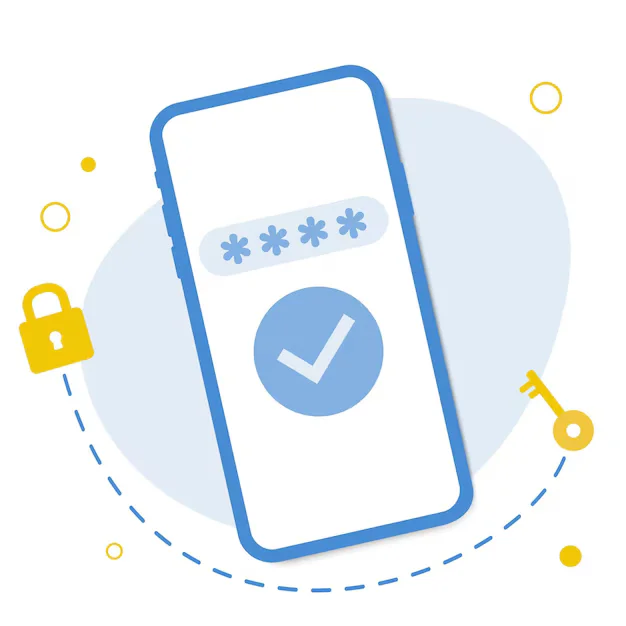Allowing users to upload files is a useful and often necessary feature in modern websites and web applications. Whether it’s for profile pictures, resumes, documents, or product images, file uploads help personalize and streamline user interactions. However, without proper security controls, file uploads can be one of the most dangerous entry points for attackers.
This is why implementing secure file upload in PHP is essential. It protects your application from threats such as remote code execution, malware injection, and unauthorized access. When handled properly, file uploads can be both user-friendly and security-compliant.
Common Risks of Unsecure File Uploads
Improper file upload handling in PHP can expose your website to various types of attacks:
-
Malicious file execution: Attackers upload executable PHP scripts disguised as harmless files.
-
Directory traversal: Special filenames trick the server into saving files in unintended locations.
-
Server overload: Uploading extremely large files can crash the server or exhaust storage resources.
-
Data theft and privacy leaks: Uploaded files may be used to access or manipulate private server files.
These attacks are not theoretical — they’re commonly exploited vulnerabilities across websites built with PHP.
Best Practices for Secure File Upload in PHP
To secure your PHP application’s file upload feature, follow these key security practices:
1. Allow Only Trusted File Types
Only accept file formats that are required for your application — such as .jpg, .png, or .pdf. Block all potentially harmful file types like .php, .exe, or .html.
2. Validate MIME Type and File Extension
Validate the uploaded file’s MIME type using PHP functions and confirm it matches the file extension. This helps prevent attackers from disguising harmful files under safe-looking names.
3. Rename Uploaded Files
Never trust the original filename. Rename files using a secure naming convention (e.g., timestamps or hashes) to prevent filename collisions and command injection attacks.
4. Store Files Outside the Web Root
Store uploaded files in directories not publicly accessible via the web. This prevents files from being directly executed in a browser if an attacker tries to upload a malicious script.
5. Set File Size Limits
Enforce strict limits on file sizes to protect your server from denial-of-service (DoS) attacks and resource exhaustion.
6. Scan Files for Malware
Use server-side virus scanners like ClamAV to automatically detect and block malicious content before saving any file permanently.
7. Strip Special Characters and Double Extensions
Sanitize filenames by removing special characters and checking for double extensions like file.jpg.php, which are often used in trick attacks.
8. Disable Automatic Execution
Disable PHP execution in upload folders by adding .htaccess rules or changing server settings to prevent execution of uploaded code.
Secure File Upload Workflow in PHP
Here’s a simplified overview of a secure PHP file upload process:
-
User submits a file through a secure upload form.
-
Server checks file type, size, and MIME validation.
-
File is renamed and stored in a safe, non-executable directory.
-
Optional: The file is scanned for viruses and threats.
-
The server references the sanitized filename for safe display or download.
This method ensures consistent protection against both automated and targeted file-based attacks.
SEO Benefits of Secure File Handling
While security is the primary concern, implementing secure file uploads also benefits your SEO:
- Improved trust and reputation — Safe websites earn user trust and higher rankings.
- Faster loading times — Optimized and safe file uploads reduce server strain and improve speed, a known Google ranking factor.
- Cleaner URL structures — Renamed files and proper directory placement improve indexing.
- Better UX signals — Safe user uploads improve engagement and lower bounce rates.
- Compliance with search engine guidelines — Google prioritizes websites with secure and stable infrastructure.
Examples of What to Avoid
Avoid common mistakes such as:
-
Letting users upload
.phpfiles to web-accessible folders -
Allowing large, unfiltered files to be processed automatically
-
Not checking MIME type or file contents
-
Failing to set proper file permissions on upload folders
These missteps can turn a simple form into a major security hole, potentially compromising your entire server.
Conclusion: Make Secure File Uploads a Standard Practice
Implementing secure file upload in PHP is not optional — it’s essential. It protects your web application from a wide range of attacks, keeps your user data safe, and ensures a trustworthy online experience. By validating file types, renaming files, storing uploads securely, and applying robust security rules, you eliminate one of the most exploited vulnerabilities in PHP-based websites.
Secure uploads not only protect your backend — they also enhance your site’s reputation, performance, and SEO. Make file upload security a built-in part of every PHP project you work on.







